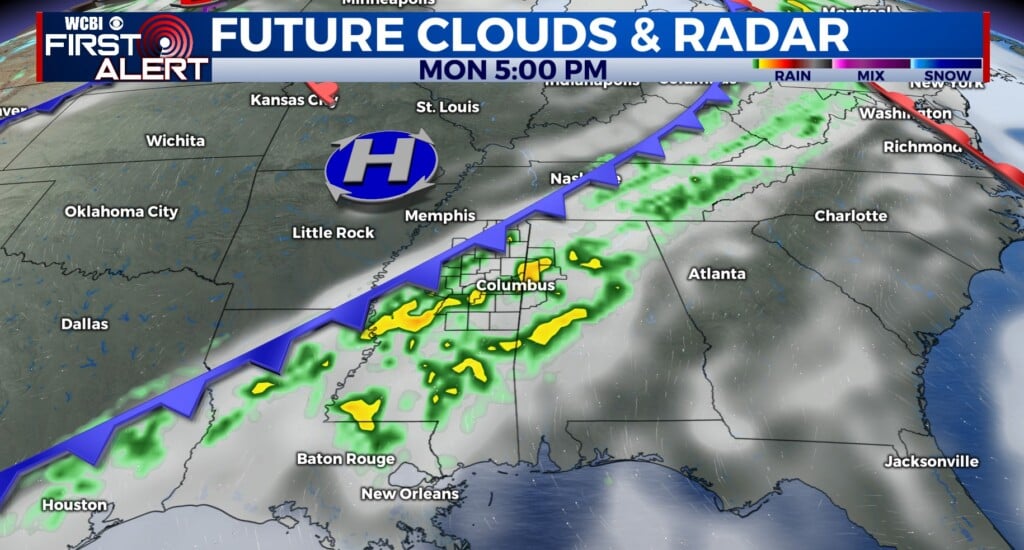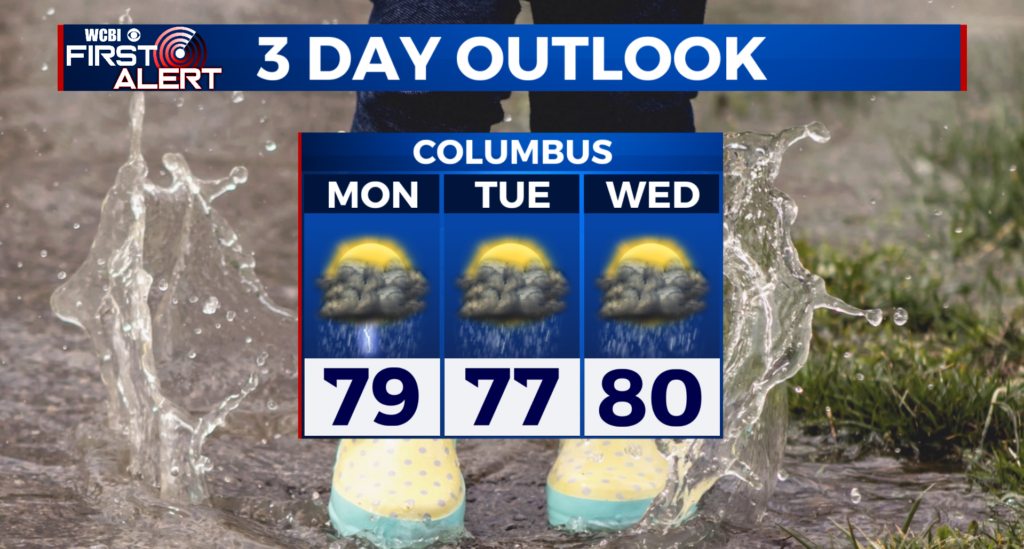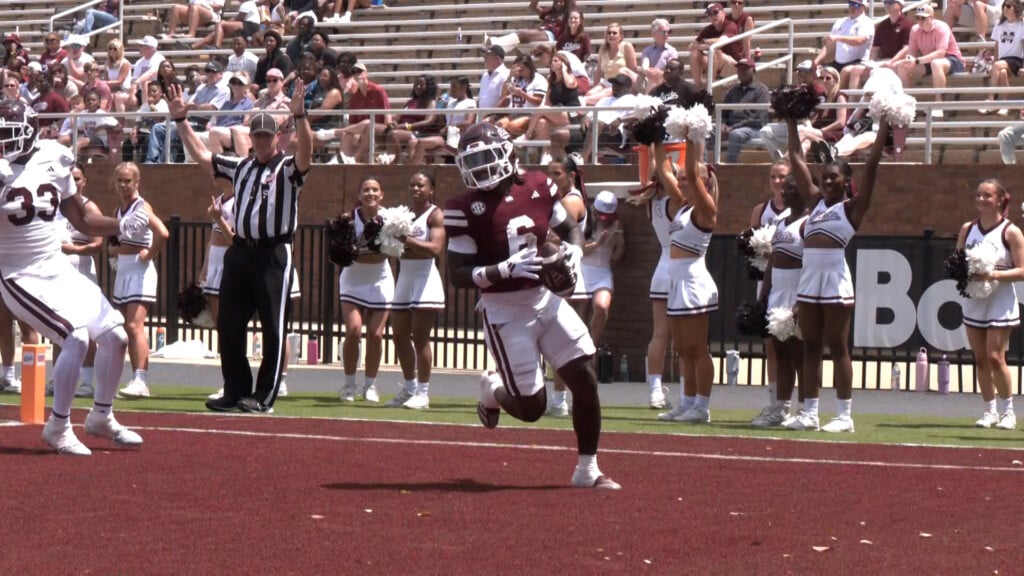Oil tankers crowd largest U.S. port with nowhere to unload
Off the coast of Southern California, several massive oil tankers have turned the waters surrounding the nation’s largest port complex into a floating parking lot. Before the most recent rebound, the coronavirus pandemic combined with an over-supply of crude oil forced a record drop in gasoline prices in April, meaning the ships that traveled miles to port have nowhere to unload.
“We have filled all of the storage tanks at refineries all in California,” oil industry analyst Professor Iraj Ershaghi told CBS News’ Carter Evans.
He said the traffic jam was simply because “there’s no more space” to store the oil.
“There’s generally a population of three to five tankers out there waiting to come in,” Captain Kip Louttit, who monitors port traffic for the Marine Exchange of Southern California said.
On Friday, May 1, CBS News observed at least 21 tankers — some carrying up to a million barrels of unrefined oil — sitting idle.
Louttit said it was “roughly triple” the number of ships they would have on a normal day. He said they would usually move through the ships quickly, because there was a demand for it.
Since stay-at-home orders led to a sharp decrease in driving, demand for gas plummeted. Instead, Louttit observed the dozens of ships from the marine equivalent of an air traffic control tower.
“We keep them from bumping into each other by watching them on our screens. Just like there are traffic lanes on the road, there are traffic lanes in the ocean, the ships all have them,” he said.
Louttit said they had information one of the tankers might have to wait as long as the beginning of July to be unloaded.
With some oil refineries already being forced to shut down, Professor Ershaghi said he fears what will happen when cars are back on the road.
“All of a sudden you go up and you don’t have the refinery operation, you don’t have the capacity. Well, you’re gonna have shortages,” he said.
Ershaghi said it would still cost money to keep the ships floating offshore until that point is reached.
“Somebody’s going to pay for it and it’s going to be you and I,” he predicted. “But you just hope if they have to stay here for one month, two months, three months, nothing’s going to happen to them.”
U.S. Coast Guard Captain Rebecca Orr, who is set to take command of the sector that includes the port, is already busy monitoring the ships for “anything unusual.”
Using radar and voice communications, the Coast Guard is able to keep track of where the tankers are supposed to be. Patrol boats in the water and helicopters up above are an added layer of security.
“The anchorages that are all around us are still open to recreational vessel traffic,” Orr said. “If we do an aviation patrol from a helicopter we can see if there’s anything that looks unusual.”
As crowded as the port seems, the tankers floating offshore only take up half of the available space, according to Orr.
“So we have a lot of room for these ships,” she said.
The demand for gas is expected to rise as part of California’s economy begins reopening Friday. However, according to those Coast Guard members patrolling the port, it could take weeks to clear the traffic jam.





Leave a Reply